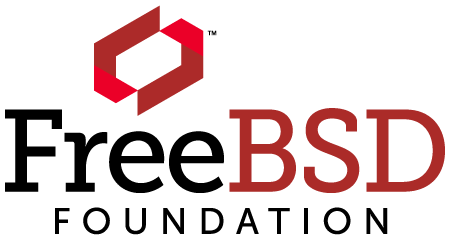If you’re interested in trying a new operating system or looking at expanding your open source horizons, it’s time to try FreeBSD. This free Unix-like operating system (OS), which was created in 1993, is descended from Research Unix via the Berkeley Software Distribution (BSD), also known as “Berkeley Unix.”
 FreeBSD Is Not Linux
FreeBSD Is Not Linux
Although FreeBSD does bear some similarities to Linux, it’s not, in fact, a Linux distribution. For one thing, the FreeBSD base system is an integrated operating system distribution that is developed and released as a cohesive whole by a single team. Developers do not need to pick up components from multiple sources. This access to a complete system offers the added benefit of furthering your foundational knowledge of the internal components of an operating system.
One of the big features that make FreeBSD the OS of choice for many users, is its license. FreeBSD operates under the BSD copy-free licensing model. The permissive model allows binary-only distributions. It doesn’t require a derivative work on a product to be supplied with the source code—which makes it perfect for those looking to develop products without being tied to more restrictive licenses like the GNU General Public License (GPL).
Principle of Least Astonishment
From Netflix to Trivago to researchers at Cambridge University, FreeBSD is in use around the world. It offers high performance, security, and advanced networking. One of the reasons people use FreeBSD for Internet servers, embedded devices, routers, and firewalls is that the project operates on the “Principle of Least Astonishment.” The OS doesn’t change without good reason. The idea of not breaking things that work makes upgrading to new releases fairly straightforward.
FreeBSD also offers both pre-built packages to get you started out of the box and the option to customize your installation to your own desires. Basically, you have access to all the functionality you need without the bloat.
Community
If the technical aspect isn’t enough to pique your interest, there’s also the community. FreeBSD is the oldest and largest democratically run open source project. Committers can make changes directly to the source tree without the hierarchy of a lieutenant model. With over 400 active developers and thousands of contributors, the size of the project also offers you the opportunity to make a huge impact on the operating system.
The project is led by a democratically elected core team that is responsible for things like handling administrative tasks, helping set strategic direction and handling conflict resolution. Excellent documentation and access to mailing lists and social networks provide resources for everyone from the most novice user to the seasoned committer. You can learn more in the guide to contributing to FreeBSD.
Installation Guide
We’ve talked about why you should use FreeBSD, now let’s talk about how to get started. The FreeBSD Foundation has prepared a two-part installation guide that walks you through the process.
Designed for those just getting started with FreeBSD, part one of the InstallFest How-To Guide walks you through the steps of:
- Identifying your computer
- Installing VirtualBox
- Getting the latest FreeBSD release
- Configuring and starting FreeBSD on VirtualBox
- Installing FreeBSD
- Configuring and saving your post-installation options
- Removing the installation disk
- Cloning a VirtualBox VM
- GUI prep
Part two of the InstallFest How-To covers:
- Package installation
- Desktop configuration
- Updating packages
- Setting up Jails
- Using and updating Poudriere
- And many additional resources
Learn More
Check out the FreeBSD Handbook, How-to Guides, FreeBSD mailing lists, and other resources to help you navigate your journey with FreeBSD.
See also:
How to Update FreeBSD from Git
A Quick Guide to Printing on FreeBSD
A Quick and Easy Guide to Setting Up Audio on FreeBSD
Ready to find a job? Check out the latest listings at Open Source JobHub.








Comments